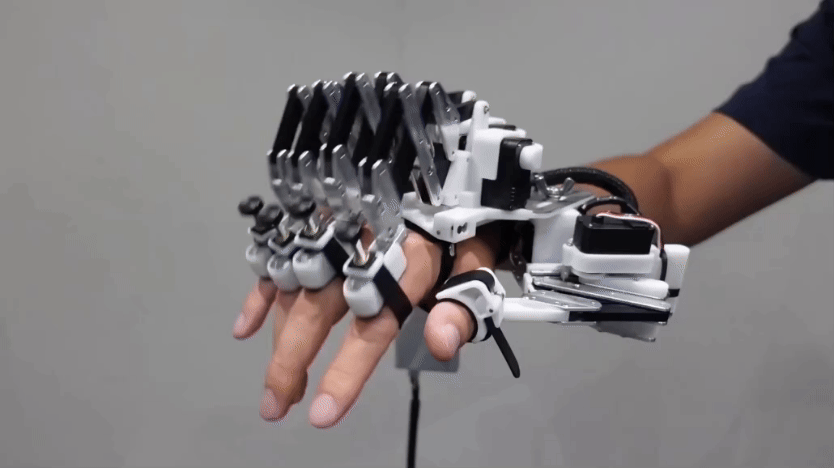aluminum A metallic element, the third most abundant in Earth’s crust. It is light and soft, and used in many items from bicycles to spacecraft.
carbon The chemical element having the atomic number 6. It is the physical basis of all life on Earth. Carbon exists freely as graphite and diamond. It is an important part of coal, limestone and petroleum, and is capable of self-bonding, chemically, to form an enormous number of chemically, biologically and commercially important molecules.
coauthor One of a group (two or more people) who together had prepared a written work, such as a book, report or research paper. Not all coauthors may have contributed equally.
fiber Something whose shape resembles a thread or filament of some kind. (in nutrition) Components of many fibrous plant-based foods. These so-called non-digestible fiber tends to come from cellulose, lignin, and pectin — all plant constituents that resist breakdown by the body’s digestive enzymes.
galagos Also known as bush babies, these are small, large-eyed, nocturnal, tree-dwelling African primates. They get their name for their baby-like cries. Known as vertical clingers and leapers, they can spring off the trunk of one tree and turn around in mid-air to face the next tree it will latch onto.
mega A prefix for units of measurement meaning million in the international metric system.
motor A device that converts electricity into mechanical motion.
parkour A term, from the French, for a type of gymnastics-like activity where people soar through an environment by jumping, leaping and scrambling up, around and between walls and other obstacles. Movements tend to be very rapid and fluid. Some may involve vaulting or flipping over railings, stairs or other structures. People may even climb up walls or leap from one wall or fence to some other structure.
primate The order of mammals that includes humans, apes, monkeys and related animals (such as tarsiers, the Daubentonia and other lemurs).
ratio The relationship between two numbers or amounts. When written out, the numbers usually are separated by a colon, such as a 50:50. That would mean that for every 50 units of one thing (on the left) there would also be 50 units of another thing (represented by the number on the right).
robot A machine that can sense its environment, process information and respond with specific actions. Some robots can act without any human input, while others are guided by a human.
vertical A term for the direction of a line or plane that runs up and down, as the vertical post for a streetlight does. It’s the opposite of horizontal, which would run parallel to the ground.









